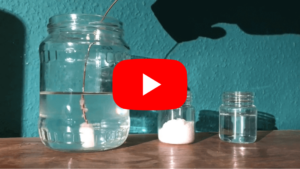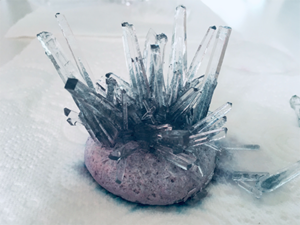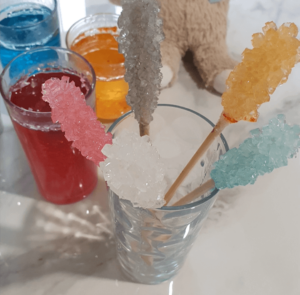RODIN
The Resource of Diffraction Images Newcastle (RODIN)
RODIN is an online resource providing raw diffraction images for use in the teaching and education of crystallography. This resource originated as a project between CCDC and Paul Waddell and Mike Probert at Newcastle University with the aim of providing access to raw diffraction data that can be used for teaching purposes.
As of 2024, only a small number of CSD structures have available diffraction images and there are a growing number of researchers interested in learning the technique but do not have direct access to a diffractomer. RODIN is intended to bridge that gap and complement existing teaching resources so that the entire process of crystallography can be taught effectively from crystallisation to structure determination.
More information about this project can be found in the associated publication:
RODIN: Raw Diffraction Data for Teaching, Training and Demonstration, Paul G. Waddell, Michael R. Probert, Natalie T. Johnson, Journal of Chemical Education, doi/10.1021/acs.jchemed.4c00797
What are diffraction images?
Diffraction images are collected by an X-ray diffractometer during a single crystal X-ray diffraction experiment. Each image is a snapshot of the diffraction pattern caused when X-rays pass through a single crystal. These images can then be combined using one of a number of either freely available or commercial programs to produce a structural solution (which can become entries in the CSD).

A crystal of 5-methyl-2-((2-nitrophenyl)amino)-3-thiophenecarbonitrile (left) and the corresponding crystal structure (right). The steps between the two rely on the diffraction images (centre).
How can you use RODIN?
This resource is intended for educational purposes and is ideal for teaching at secondary school and University level. We also encourage its use for teaching early-stage researchers crystallographic data processing and training new diffractometer users. The diffraction images from this project can be downloaded from Zenodo (see how to access the data below) and used in teaching.
You can use this resource to help students understand how to go from diffraction images to a solved crystal structure.
Please note that structures from these datasets are already in the CSD and you should not submit your final structure solution to the CSD or publish them, they are intended for teaching purposes only.
We hope to develop this resource further and provide more educational information and exercises based on this data. Please check back to see this resource grow.
Some existing CCDC resources around crystallization and the CSD can be found below
Terms of use
The diffraction images are provided under a CC-BY license.
The datasets and any resulting structural solutions are to be used for teaching purposes at the educator’s own risk and discretion.
The data available through RODIN are for teaching purposes only and structure determinations derived from the data are not suitable for deposition in the CSD. Published structure solutions of the data can already be found in the CSD.
How can I access this resource?
Spreadsheet
A full list of the data available are in presented in the spreadsheet below. The spreadsheet includes the CCDC Refcode, CCDC Number, Chemical Name, Instrument Manufacturer and additional comments.
You can view the structures via Access Structures by searching for either the CCDC Refcode or Number
Search in Access Structures
Data Processing
The software needed to process the data will depend on the format used by the manufacturer of the data collection instrument. More information on processing software can be found in original RODIN paper.
Here is a list of collection instrument and suggested processing software:
- Rigaku instrument – CrysAlisPro
- Bruker instrument – APEX5
- STOE instrument – X-Area
- Synchrotron data collected at Diamond Light Source can be processed with DIALS, CrysAlisPro (or Apex5 with conversion, see paper for more information).
How to contribute
To share any educational resources made using this data or to contribute your own diffraction images, contact education@ccdc.cam.ac.uk .




